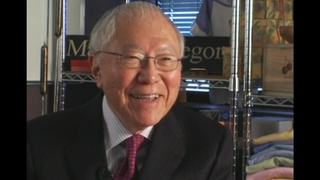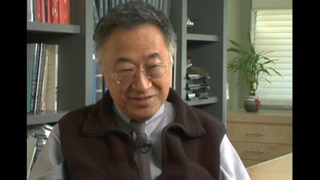Interviews
Discrimination in San Francisco
I did feel some discrimination in San Francisco, although, probably, it was much less than at the time the conflict took place back in early 1900’s. I was there 1929 to 1942. During that time we still had prejudice, jobs were hard to come by, and in fact I remember one time when there was a Dean Churnin, at the University of California. He was head of the graduate school for Social Work. I had applied and I got accepted. He calls me in and says, “Mr. Hoshiyama, why do you want a masters in social work, when there is no job for you out there. It’s much better that you take a job that will look better on your resume, than to have a masters which people won’t even accept, or even recognize for you.”
So, 1941, it indicates that even Dean Churnin was aware of the prejudice. The kind of job we used to get after getting college degree, 1941 Berkeley, was that all my co-graduates, unless they had a home or had a business of their own, worked for $50 a month at Grand Avenue as a clerk, or at a flower stand downtown, or at produce market, at $50 a month. That was not very open in terms of employment for the Japanese Americans at that time.
Date: March 4, 2005
Location: California, US
Interviewer: Florence Ochi, Art Hansen, Yoko Nishimura
Contributed by: Watase Media Arts Center, Japanese American National Museum










